Did you know that the average apartment size has shrunk by 5% over the last decade in major cities? Yes, your living space is getting smaller while you might not even be aware of it!
With urbanization rates skyrocketing post-pandemic, understanding apartment trends is more critical than ever. Are you ready to uncover the truth behind the doors of real estate?

What if I told you that the true cost of renting an apartment is not even reflected in your monthly lease agreement? Analysts reveal that utility expenses often surprise tenants with an extra 10% increase in anticipated living costs. But that’s not even the wildest part…
Think luxury apartments equate to unmatched convenience? Think again. Despite plush amenities and prime locations, many come with hidden pitfalls like management turbulence and rising fees that leave residents in a bind. Keep reading to discover the untold truths of apartment living that might change your perspective completely.
The stakes in real estate are higher than ever, with market volatility catching even the most seasoned investors off guard. What happens next shocked even the experts…
Rent control might sound like a savior for tenants battling skyrocketing living costs, but it’s not without its complications. In some cases, rent control policies have been blamed for deteriorating housing quality as landlords struggle to maintain profitability. The availability of maintenance and upgrades takes a hit, leaving tenants in outdated, sometimes deteriorating, spaces. But there’s one more twist you should know about...
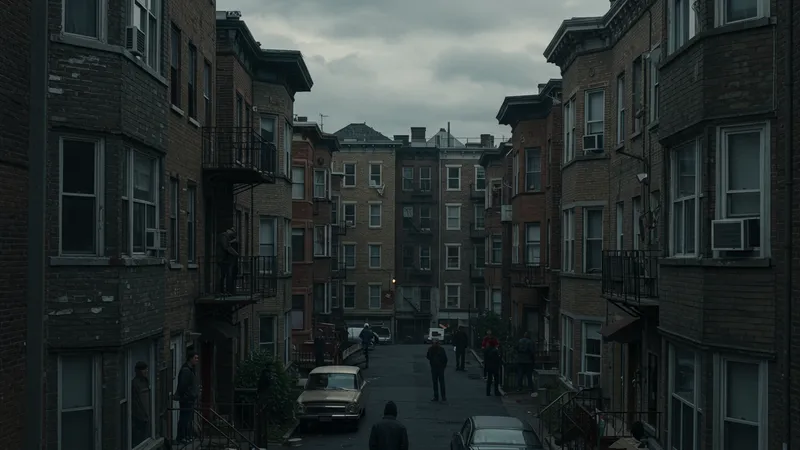
Contrary to popular belief, rent control doesn’t always mean affordability. A 2020 study showed that in cities with strict rent control laws, available units were often snatched up faster, leading to a shadow market of under-the-table agreements and premium pricing for decent spaces. This covert side of the housing market remains largely unregulated, affecting thousands of renters unknown to many. What you read next might change how you see this forever.
Some landlords find creative ways to bypass rent control regulations altogether. Offering amenities à la carte or charging exorbitant fees for basic services are subtle ways that keep the cash flowing, while technically staying within legal boundaries. It’s a cunning game, and tenants are often none the wiser, trapped in a loop of hidden costs. But there’s more to this scheme that could surprise just about anyone…
Despite these challenges, innovative solutions are emerging. Co-living spaces have been flagged as the next big thing—offering communal living arrangements that cut costs and foster a sense of community among urban dwellers. While unconventional, these spaces provide a practical choice for new-age urbanites craving both savings and social connections. Could this be the future of urban living?
Remember the days of trudging through endless apartment tours to find your dream home? Say goodbye to the hassle, because virtual tours have anchored themselves in the real estate industry for good. These digital walkthroughs offer prospective renters transparent views of properties, saving time and travel expenses. But there’s a catch many aren’t aware of...

Some critics argue that virtual tours can be misleading, with digital enhancements making spaces appear larger or more luxurious than they are in reality. Buyers have reported walking into apartments that seemed perfect online but are a far cry from those flashy digital presentations. It’s an emerging issue that calls for more stringent standards and transparency in virtual real estate marketing. But wait till you hear what experts discovered!
To combat potential misrepresentation, some companies now offer ‘live’ virtual tours where an agent guides viewers in real-time. It’s an immersive experience that not only showcases the property but also offers room for immediate questions and authentic conversation. It’s reshaping how we rent, buy, and sell homes in today’s tech-savvy world. But there’s a surprising insight that tech-savvy renters have been leveraging to their advantage…
Astute renters have started leveraging augmented reality (AR) features, where they can digitally furnish the space while touring the apartment. This futuristic feature allows them to visualize how their furniture would fit, helping avoid costly spatial oversights. Imagine the future where house-hunting becomes a fully digital experience from start to finish. Exciting times lie ahead, and this might just be the beginning.
“Luxury” is more than just a marketing term; but at what cost? Many renters find out the hard way that luxury labels come with hefty maintenance fees. Exclusive amenities like pools, clubhouse access, and fitness centers are not free perks. They often add up significantly to your monthly expenses. But there's a hidden facet to these luxury costs you might not know about...

Interestingly, these properties often lure tenants with introductory rates that seem manageable but later escalate to astronomical heights. By the second or third year, tenants face steep rent hikes they didn't foresee, all in the name of maintaining 'luxury standards.' But the surprises don't end there...
An often-overlooked luxury apartment bauble is smart technology. While advances like app-controlled lighting and security provide convenience, they come at an ongoing premium. Maintenance and upgrades of these technologically advanced systems can lead to unexpected costs, making the allure of a high-tech home more burdensome than anticipated. But there’s an aspect of these smart features that potential tenants are unknowingly investing in...
With the premium on smart home tech, many renters unknowingly share an increasing amount of personal data with companies. From usage patterns to personal preferences, this data exchange raises questions about privacy in your own home. As technology and home living continue to intertwine, the implications could transform the tenant-landlord dynamic forever.
Are you aware that some savvy renters negotiate lower rents for the same spaces others pay a premium for? These insiders possess simple yet powerful negotiation tactics that yield remarkable savings. But there's a lesser-known strategy that you won't find in any handbook...

Timing is everything. Many seasoned renters mark their calendars for off-peak rental seasons—typically late fall and early winter—when property vacancies are high, and landlords are more open to negotiating. This strategic timing can secure significantly lower rates, but few capitalize on this advantage. Let’s delve deeper into unconventional negotiation tips you’ve likely never considered.
Some renters go a step further, employing personalized tactics like offering cash up front, securing pet privileges, or splitting utilities to ensure the best rental deal. While unorthodox, these deals often pay dividends that traditional renters don’t receive. But what emerged recently can take negotiations to a whole new level...
Using social influence as a currency has become a novel approach to negotiating rent. Bloggers, influencers, and even community figures offer exposure or promotions in exchange for rental concessions, crafting win-win situations that landlords are finding hard to refuse. Who knew that a few posts might effectively pay part of your rent?
Airbnb has revolutionized travel accommodation, but its influence on local rental markets raises eyebrows. While providing income opportunities for landlords, it's been accused of inflating rents and diminishing available residential units. But there’s a ripple effect that few people talk about...
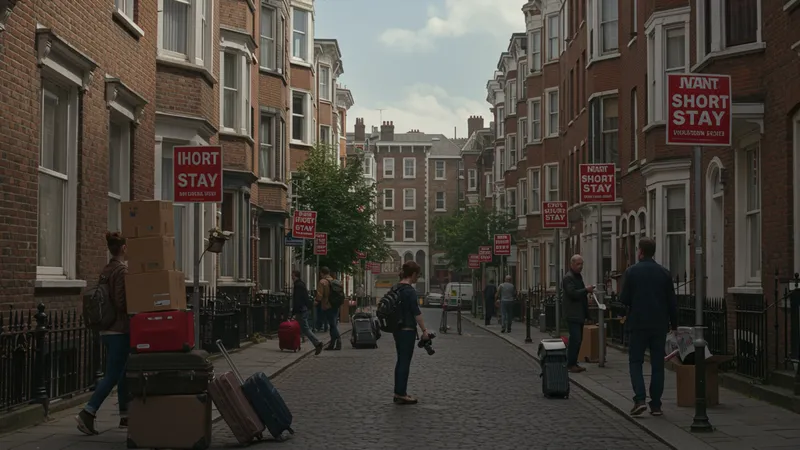
In major cities, once family-friendly neighborhoods are morphing into tourist hotspots, driving out long-term tenants. An ironic twist sees locals struggling to find year-long leases while temporary visitors flock for short stays. However, there's an under-the-radar trend emerging that might just put the neighborhood back into neighborhood...
The solution lies in new regulations. Legislative measures in cities like New York and San Francisco are clamping down on freewheeling short-term rentals to restore equilibrium to local markets. It’s a contentious topic that challenges the delicate balance between innovation and community preservation. But there's a potential future development on the horizon...
Emerging models like regulated homestays that prioritize city dwellers and enforce fair lease terms are creating pathways for transformative urban living. These initiatives aim to revitalize communities and retain the charm of traditional neighborhoods amidst a rapidly changing real estate landscape. How might these concepts reshape your community?
Apartment living promises hassle-free maintenance, but the reality can often be quite different. Many tenants are discovering that minor repairs take weeks —or months— to be addressed, leaving them frustrated and inconvenienced. But have you ever thought about this maintenance loophole that some tenants exploit?
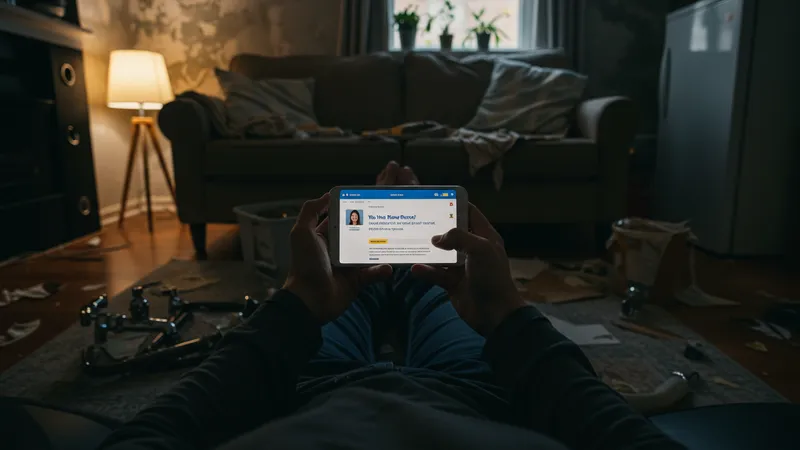
Some tenants wield leverage through detailed review websites and social platforms, urging quicker resolutions to pending maintenance tasks. Once noted for public scrutiny, property managers scramble to protect reputations. Yet this tactic presents both an opportunity and a liability...
We practically live through our screens today, and landlords are actively using digital management tools that track maintenance requests. These systems ensure accountability but also form a digital footprint of tenant and property history—one that might be used in unexpected ways during rent renewals or disputes. And the most unexpected outcome of this digital record revealed an evolving trend you ought to be aware of...
Additionally, vigilant renters document their living conditions to bypass protracted disputes. The rise of tenant associations and forums further empowers residents, offering a collective voice in matters that previously seemed beyond reach. Is tenant-driven change on the horizon for apartment maintenance?
What's that crucial factor landlords won't ever tell you? Location remains king. But it’s more nuanced than merely the neighborhood—you’re looking at proximity deftly impacting your lifestyle choices. The real estate mantra has layers, and when understood, they offer a treasure map to hidden savings.
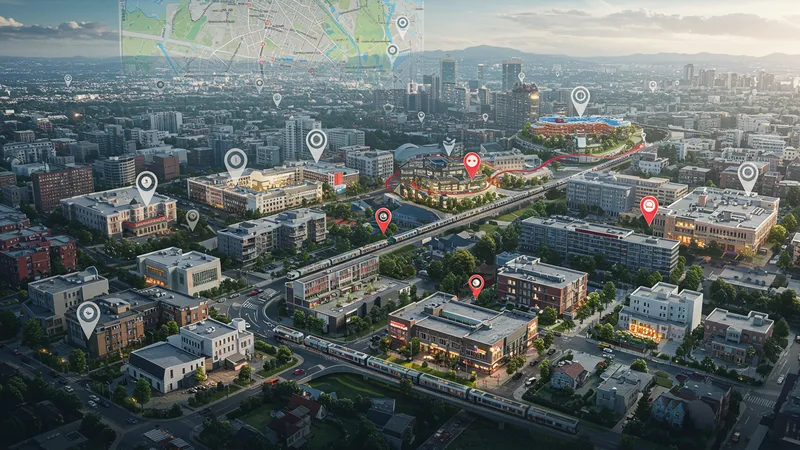
The savvy renter knows that transportation links, schools, and even future zoning plans can determine rental rate dynamics. Areas on the brink of residential development can hold immense potential, with early settler advantages leading to long-term benefits. But there's an emerging perspective to consider...
Urban planners are increasingly recognizing green spaces and parks as influencing factors in rental pricing schemes. Homes and apartments near such amenities are premium priced, despite their scarcity still driving renters towards these oasis locations. The environmental implications are substantial, though often understated, revealing a real estate investment ace many overlook...
As cities expand and regenerate, mixed-use developments blend lifestyle with location convenience, creating a buzz in rental property circles for their scope and versatility. Crafting your apartment hunt around these unique areas could redefine your real estate strategy forever. But why are people sometimes hesitant to invest in these growth zones?
Space is more than square footage; it’s also about layout. With the push for efficiency in urban apartments, creative layouts have become the secret ingredient many buyers overlook. Ever wondered how figuring out feng shui might lead to a rental goldmine?
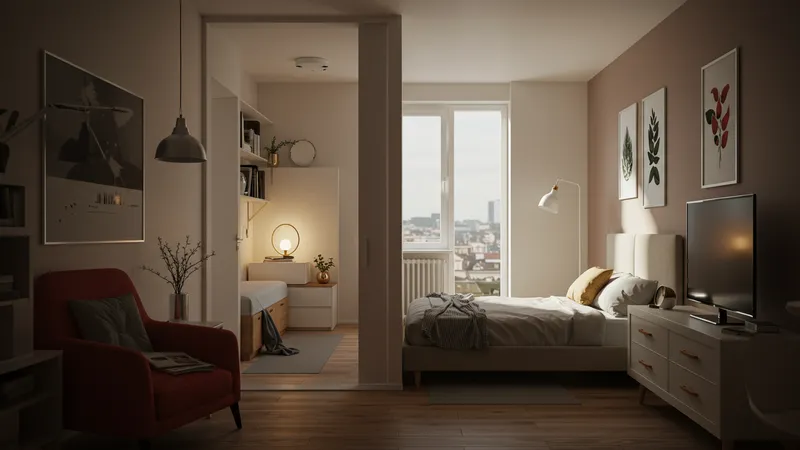
Small spaces wield immense potential when smart design elements like movable partitions and dual-purpose furniture are utilized. Renters who embrace these innovative layouts find themselves with solutions unseen in traditional properties. But the complexities lie in these ingenious propositions...
Developers focus on interiors that maximize minimalism, blurring the line between utility and design. Advanced space-saving solutions provide a clean, modern aesthetic; however, adapting to them requires a shift in lifestyle choices unfamiliar to many—what happens if you decide it’s not for you?
Tech-forward renters utilize VR tools to visualize layout changes before committing to a lease. A blend of foresight and technological insight grants an edge in discerning suitability and function, empowering renters in ways once unimaginable. But what's the real lesson here about small living?
Real estate financing can seem labyrinthine, particularly for those seeking to shift from renting to ownership. Yet some seasoned experts bypass the complexity altogether with creative financing strategies. Ever heard of property partnerships as a pathway to ownership?

As non-traditional loan options diversify, potential buyers explore co-investment methods and peer-to-peer lending. Such methods lower financial barriers and offer pathways otherwise unavailable in the high-stakes world of real estate. But what other alternative strategies escape traditional finance advisories?
Some cost-savvy buyers harness tax incentives and grants earmarked for first-time buyers or long-term renters aspiring for ownership. These unpublicized assistance programs could provide unprecedented advantages if leveraged correctly—you won’t want to overlook these opportunities.
A new movement in ethical financing, centered on mutual trust and community building, provides an avenue for socially responsible property deals. Rethinking ownership through these means could signal a transformative shift in property acquisition ideology. What will this mean for future markets as these dynamic models take hold?
The co-living model challenges traditional rental dynamics, merging affordability with community in an innovative concept. But what does it truly offer beyond the rhetoric? Are you aware of how these shared living arrangements are shaking up real estate norms?
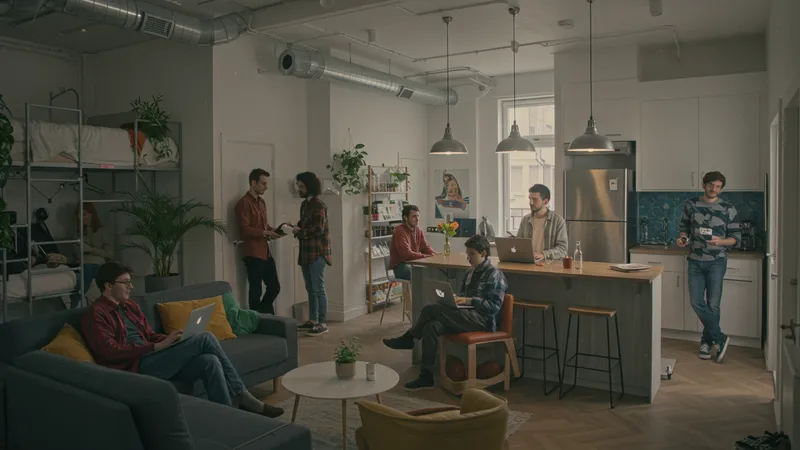
Offering more than cost savings, co-living spaces cater to millennials and digital nomads who prize community as much as affordability. With flexible leases and furnished accommodations, this model is a lifestyle shift appealing to a sharing-centric generation. Still, not everyone is comfortable with the idea...
Critics often cite privacy concerns as a potential drawback; however, forward-thinking developers are designing spaces that address these concerns with personal quarters alongside communal moments. Current trends suggest it’s forging a path to bring the best of both worlds, but is there still something missing?
Environmental sustainability marries affordability in the co-living model, presenting a candidate for potential widespread adoption. Yet as it rises in popularity, can this model retain its core benefits while within commercial constraints? Let’s explore the wider implications of this trend for the urban populace...
The personal touch—often overlooked, but it holds transformative power in the rental market. Artifact decor can boost your space’s appeal and even command higher rent. Does your lease include a hidden option for this strategic advantage?
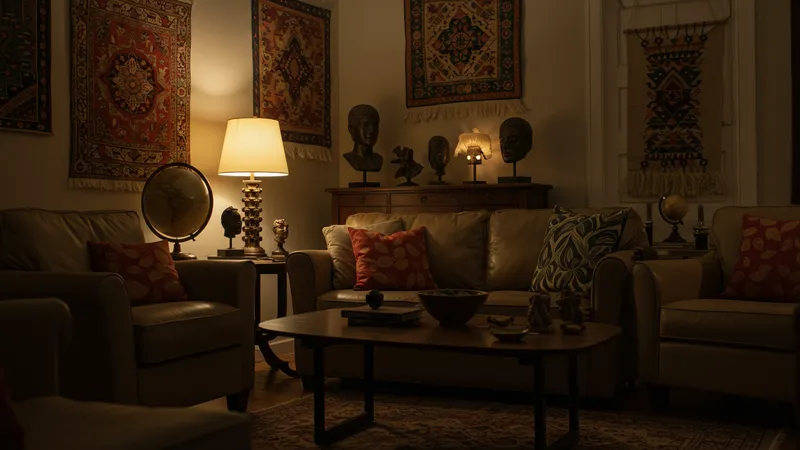
While some might dismiss it as frivolous, thoughtful interior enhancements envelop spaces in warmth and personality that stand out in a competitive market. However, curating aesthetics demands precision and often financial investment that not all renters are keen to make. What lies under the surface here?
Dynamic utilization of handmade, bespoke, and artifact decor creates narratives within spaces, turning sterile apartments into vibrant living experiences. The psychological impact on potential tenants could make a world of difference in rental terms, but who’s picking up on this trend first?
Landlords exploring art leases—collaborations with local artists and designers to feature rotating exhibits—aim to enhance spaces without long-term commitments. It’s a testament to how art can shape not just ambiance, but a property’s marketability. What revolution awaits in apartment staging strategies?
Tenants’ expectations are evolving rapidly, and apartment amenities are quietly transforming to meet new demands. Have you noticed the shift towards bespoke conveniences in your search?

Beyond gyms and pools, tenants are gravitating towards tech-centric offerings: high-speed connectivity, intelligent home devices, car share services, and in-apartment workstations. As work-from-home culture swells, these features become inseparable from desirable rental prospects. But here’s a subtle change you might not have anticipated...
While national chains once dominated at-building retail, an evolving trend sees a resurgence in the local economy, with boutique shops and dining offerings becoming part of the package. Tenant satisfaction dramatically impacts renewal rates and implies more than sheer convenience—it builds neighborhood culture. But there’s an even deeper relevance to this shift...
The intersection of health amenities also emerges as innovative concepts meld wellbeing with living spaces. From meditation rooms to hydrotherapy areas, this aspect of holistic living advocates for a comprehensive residential experience. The future of renting may include integrated lifestyle and wellness approaches. How far will this take us?
Emerging trends in tiny houses are seeping into the apartment landscape, with compact, efficient living gaining traction in crowded urban environments. Have you noticed this intersection in your rental explorations?
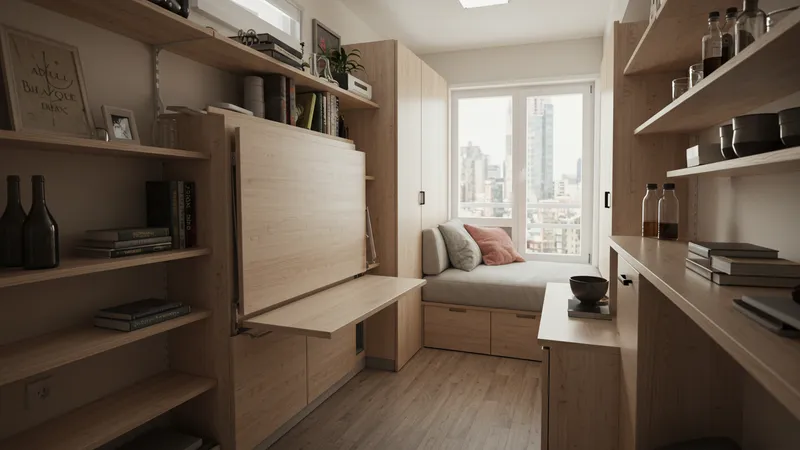
Tiny houses distill living into essentials, and apartments have begun embracing this philosophy. By prioritizing function over form, apartments become intricately practical, using built-in shelving and fold-away furniture. But there’s more we can learn from minimalism...
Alongside practical transformation, tiny living demonstrates how eco-conscious designs enhance sustainability. As apartments adopt high-impact low-footprint designs, they redefine what efficient living looks like in a modern metropolis. It sparks economies of scale in minimalist design, yet questions about livability persist...
Tenants are increasingly exploring whether micro-apartments that echo tiny home philosophies align with long-term living satisfaction. Perhaps, mingling this insight with innovative design approaches paints the picture of future urban habitation. What does this convergence imply for the next generation of apartments?
The real estate world is not what it seems. Behind every door lies a story that could redefine your understanding of urban living. From secret negotiation strategies to the undeniable influence of tiny house trends, every aspect offers fresh perspective. Have these discoveries altered your perception? Share, bookmark this article, and continue exploring the untapped potential within the walls of apartment living.